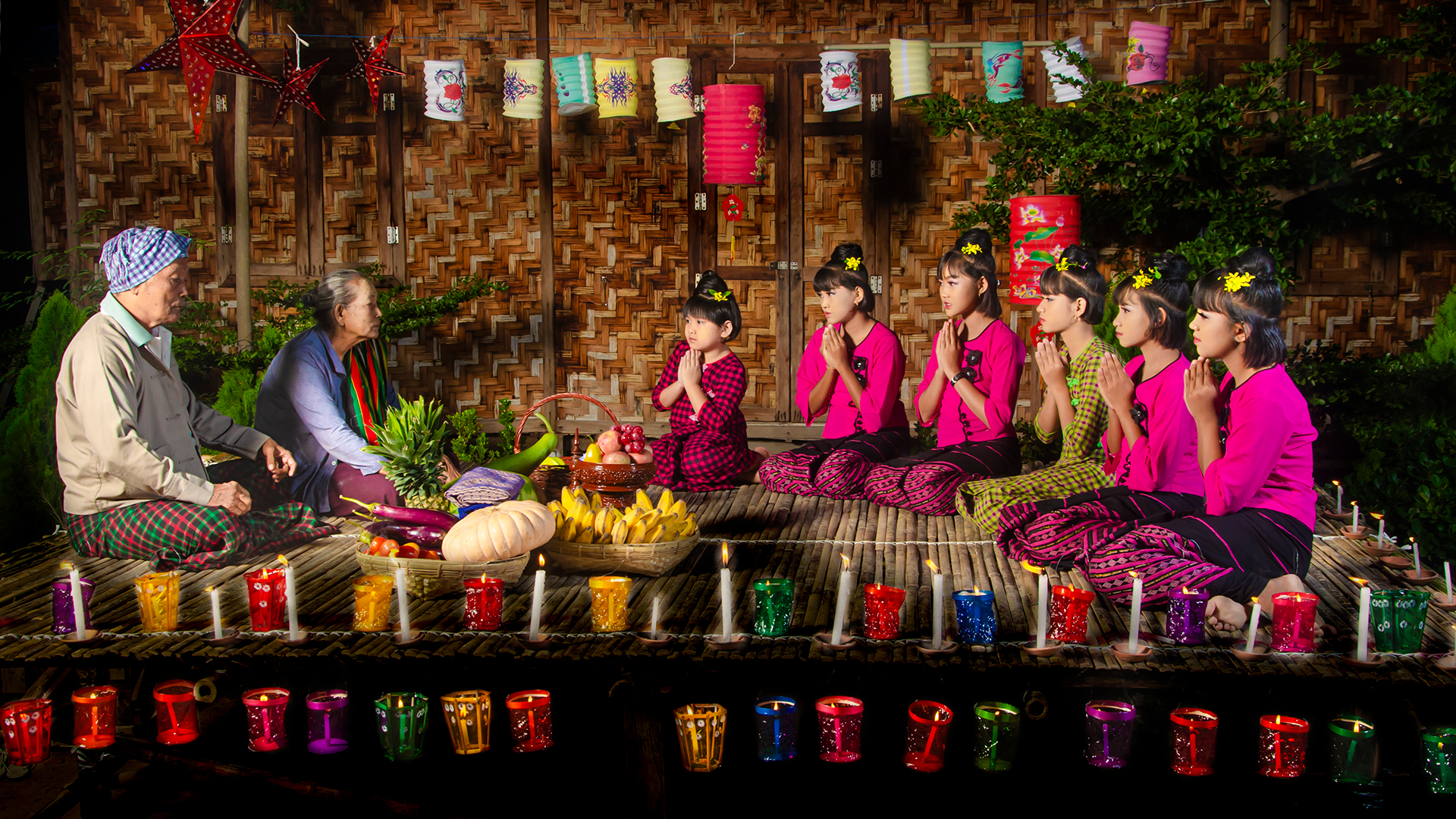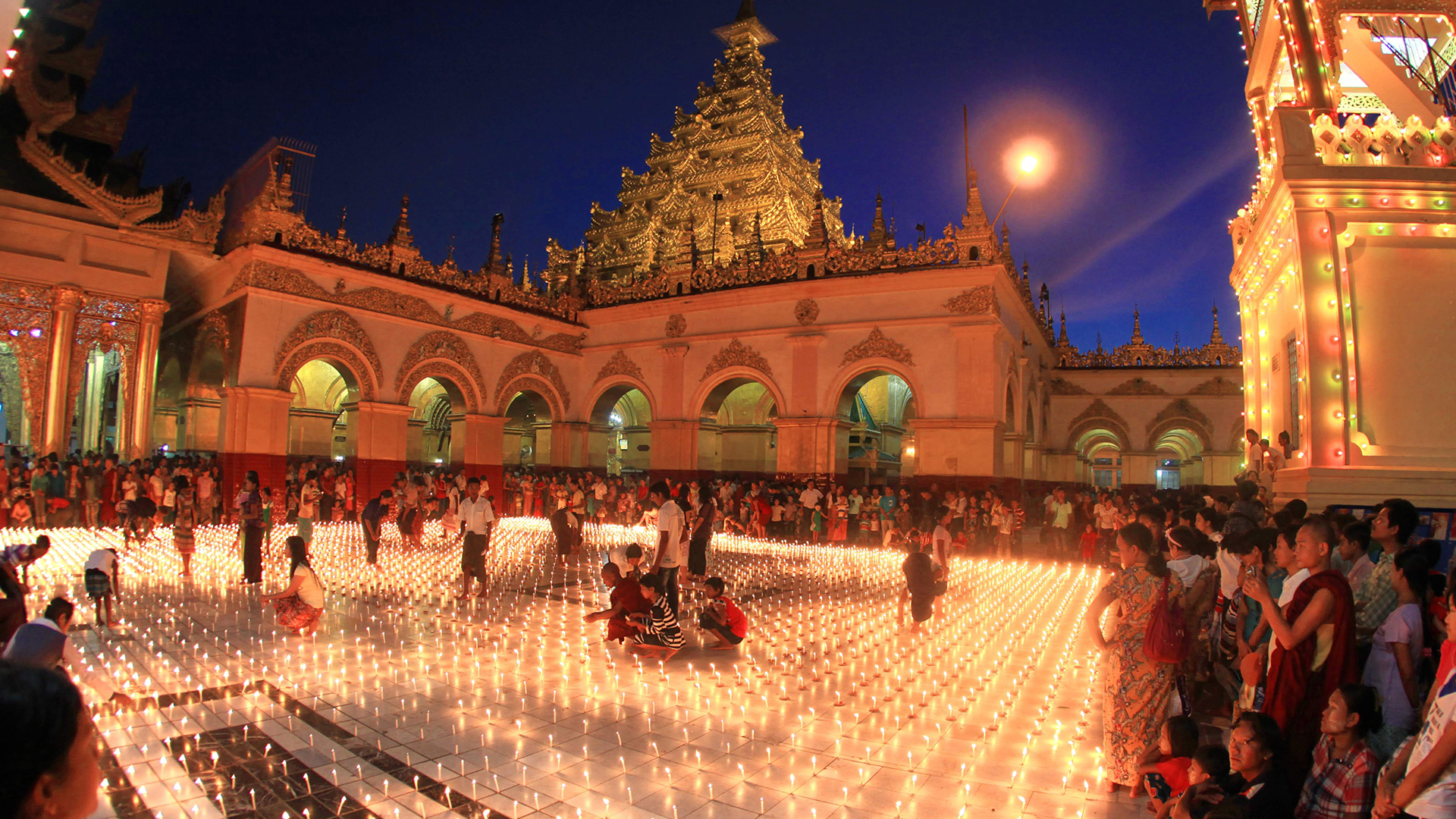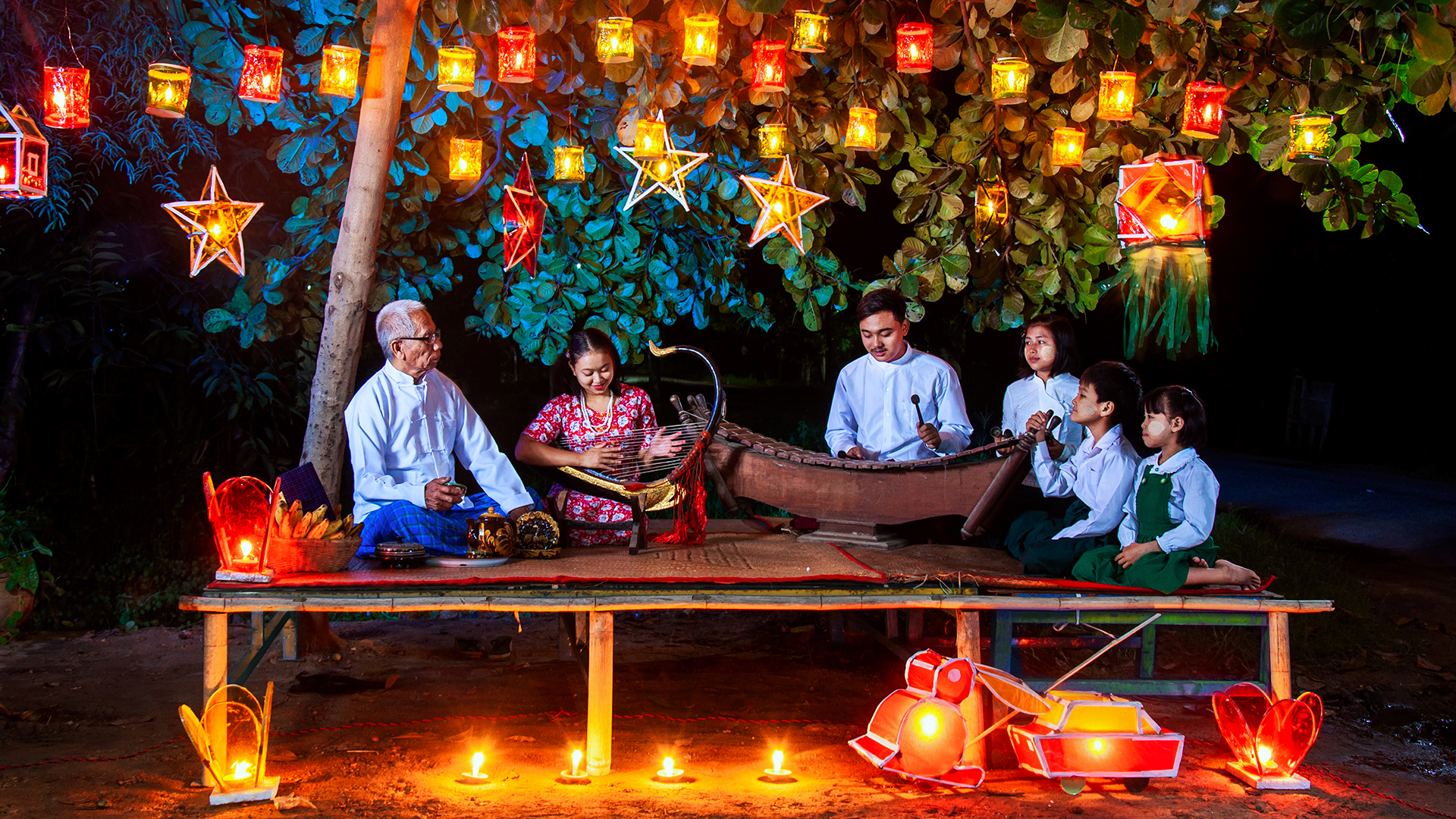Lighting Festival (Thadingyut Festival)
- Home
- About Myanmar
- Festivals
- Lighting Festival (Thadingyut Festival)
The Thadingyut Festival, also known as the Lighting Festival of Myanmar, is one of the most important traditional festivals in the country. It marks the end of Buddhist Lent (Vassa) and celebrates the Buddha’s descent from heaven after preaching the Abhidhamma to his mother. This festival is widely observed across Myanmar with lights, religious activities, and cultural celebrations.
Festival Durations
The Thadingyut Festival lasts for three days, beginning on the day before the full moon, continuing on the full moon day, and ending on the day after. It usually takes place in October, depending on the Myanmar lunar calendar. These three days are filled with spiritual, social, and festive activities.
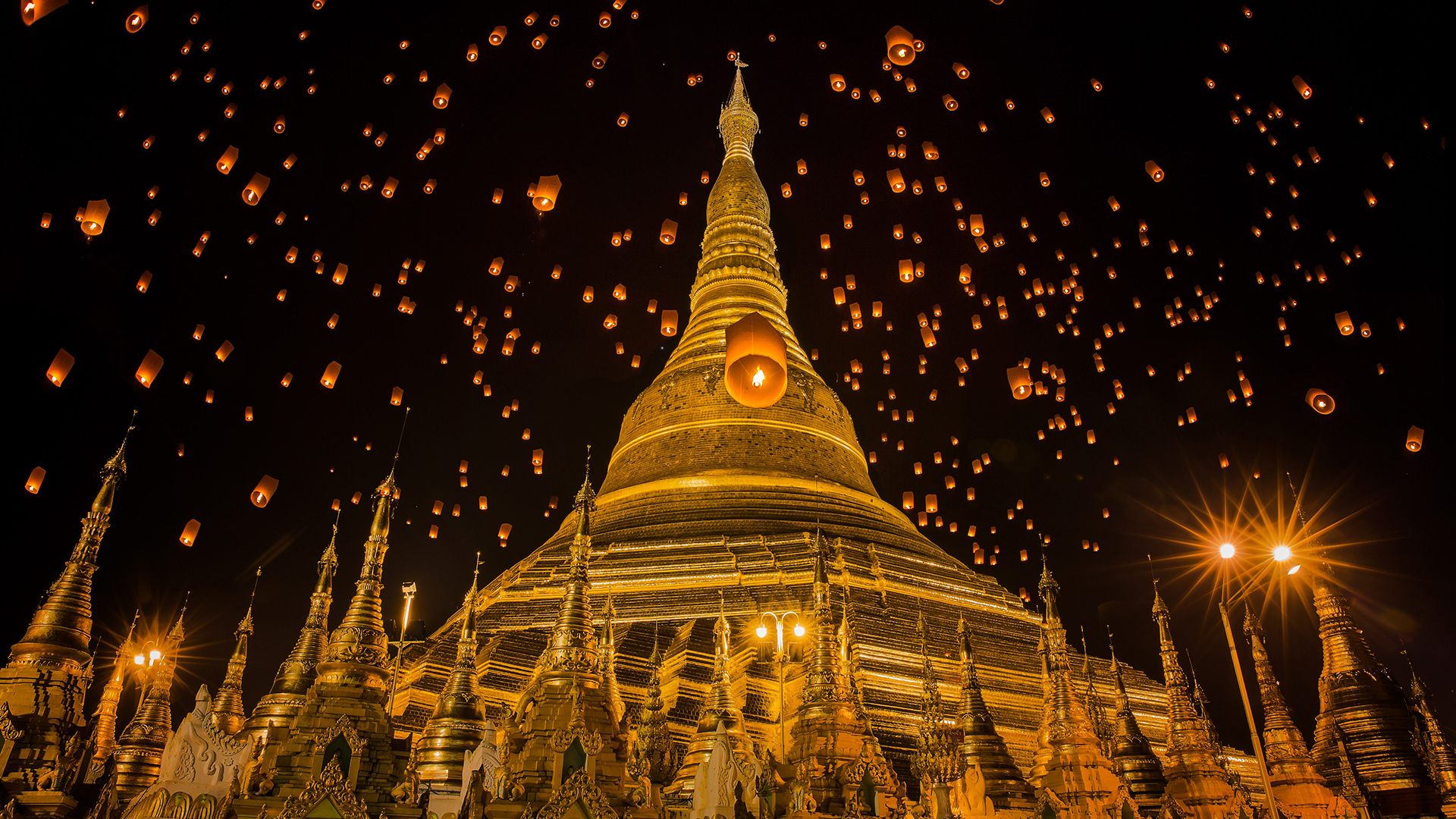
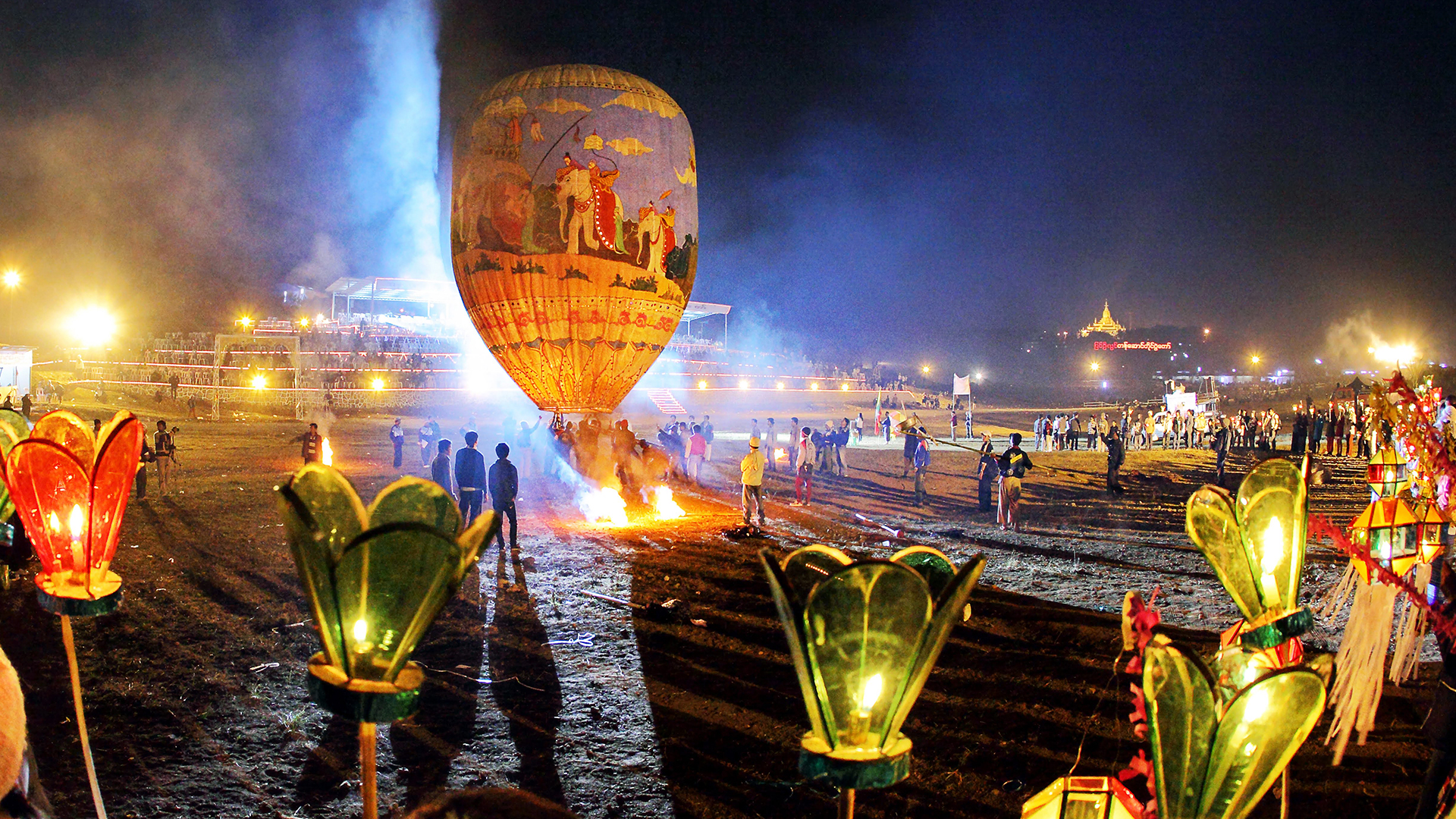
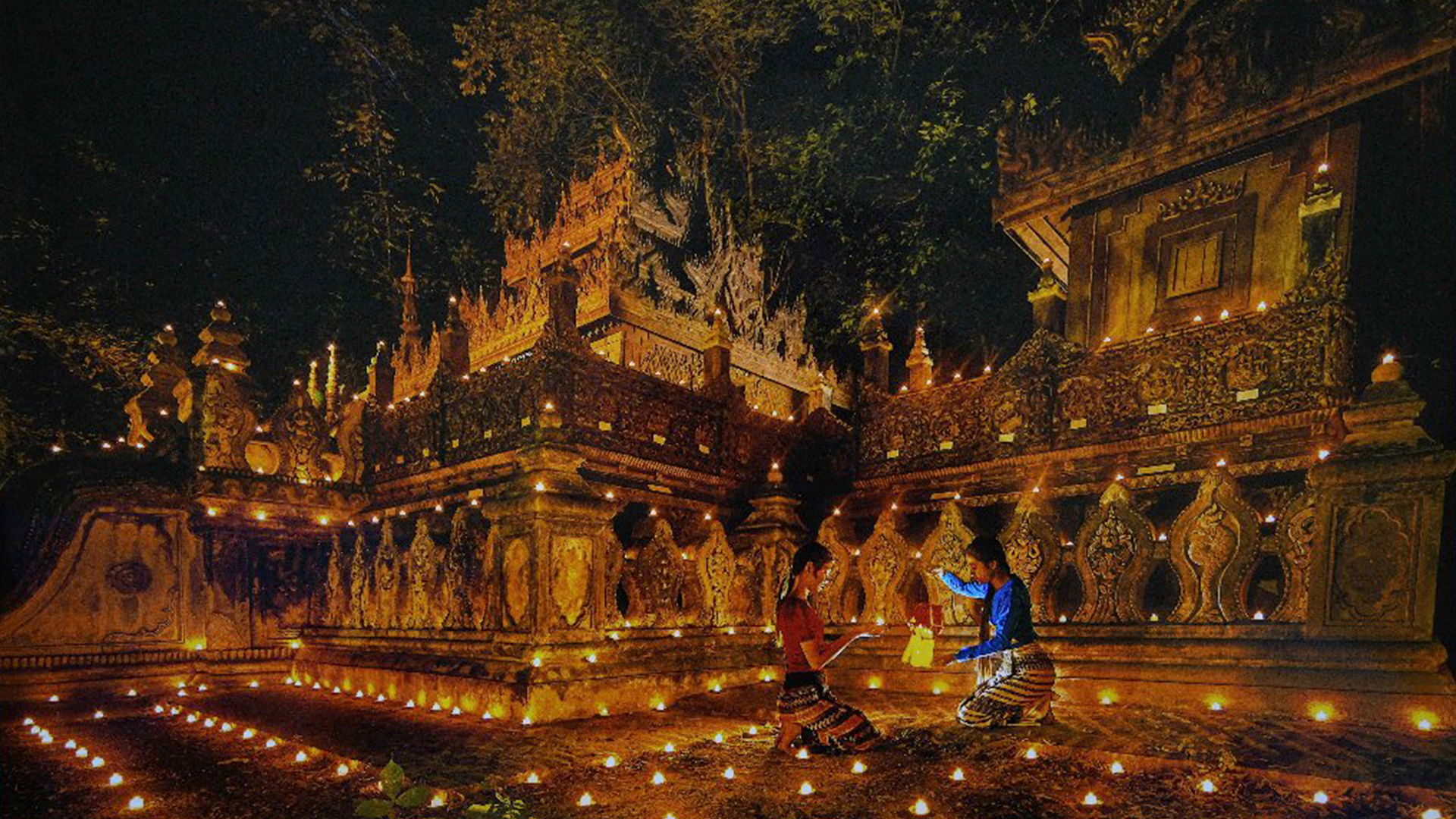
Tips to Enjoy the Celebration of the Festival
Wear modest and respectful clothing, especially when visiting pagodas or participating in religious events.
Be prepared for crowds at major celebration sites, especially at night when the lights are displayed.
Bring a camera or smartphone to capture the beautifully lit streets, pagodas, and lantern displays.
Try traditional Myanmar snacks sold at roadside stalls during the festival.
Participate in merit-making activities, such as offering alms or paying respect to elders, for a meaningful experience.
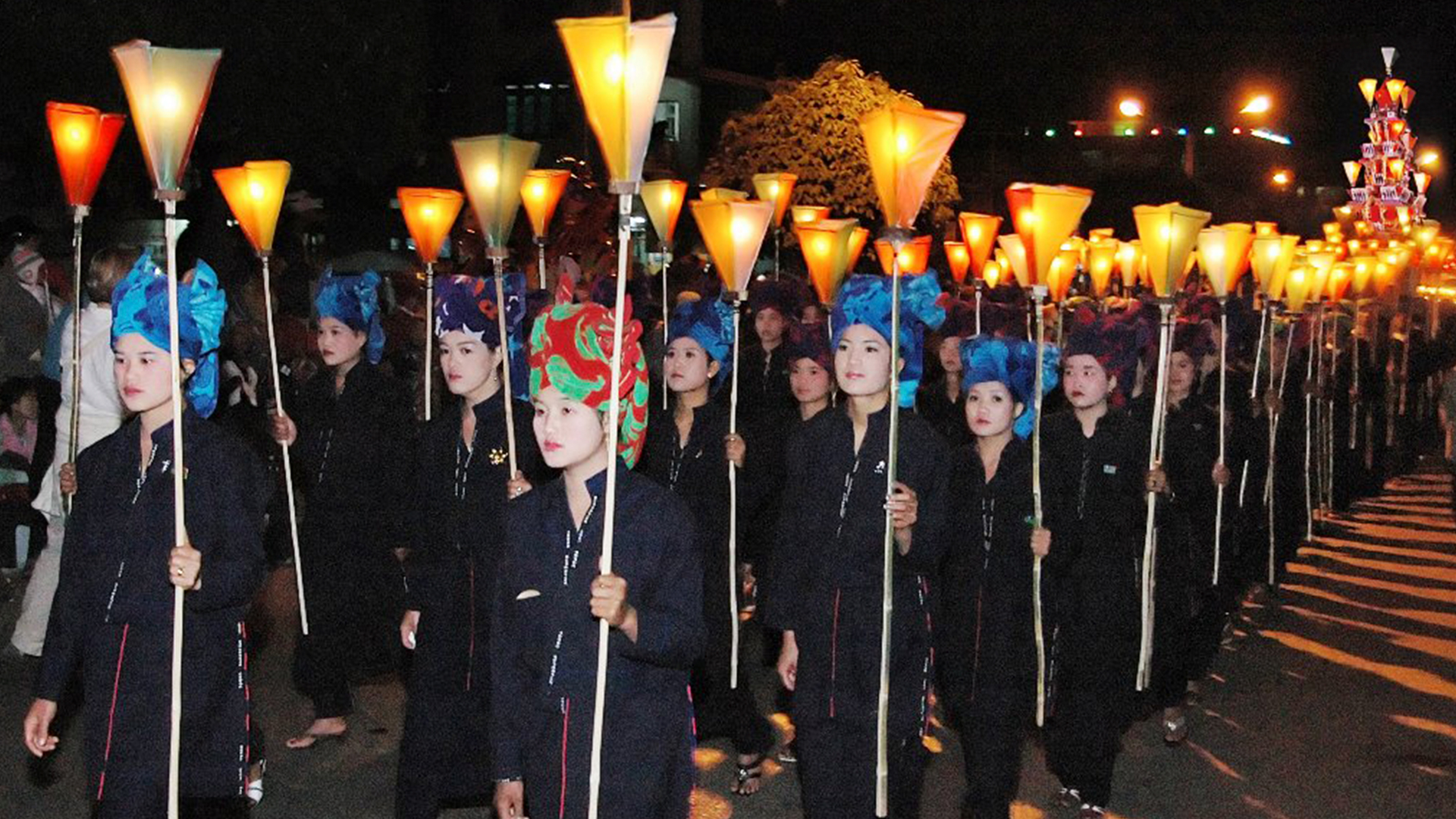
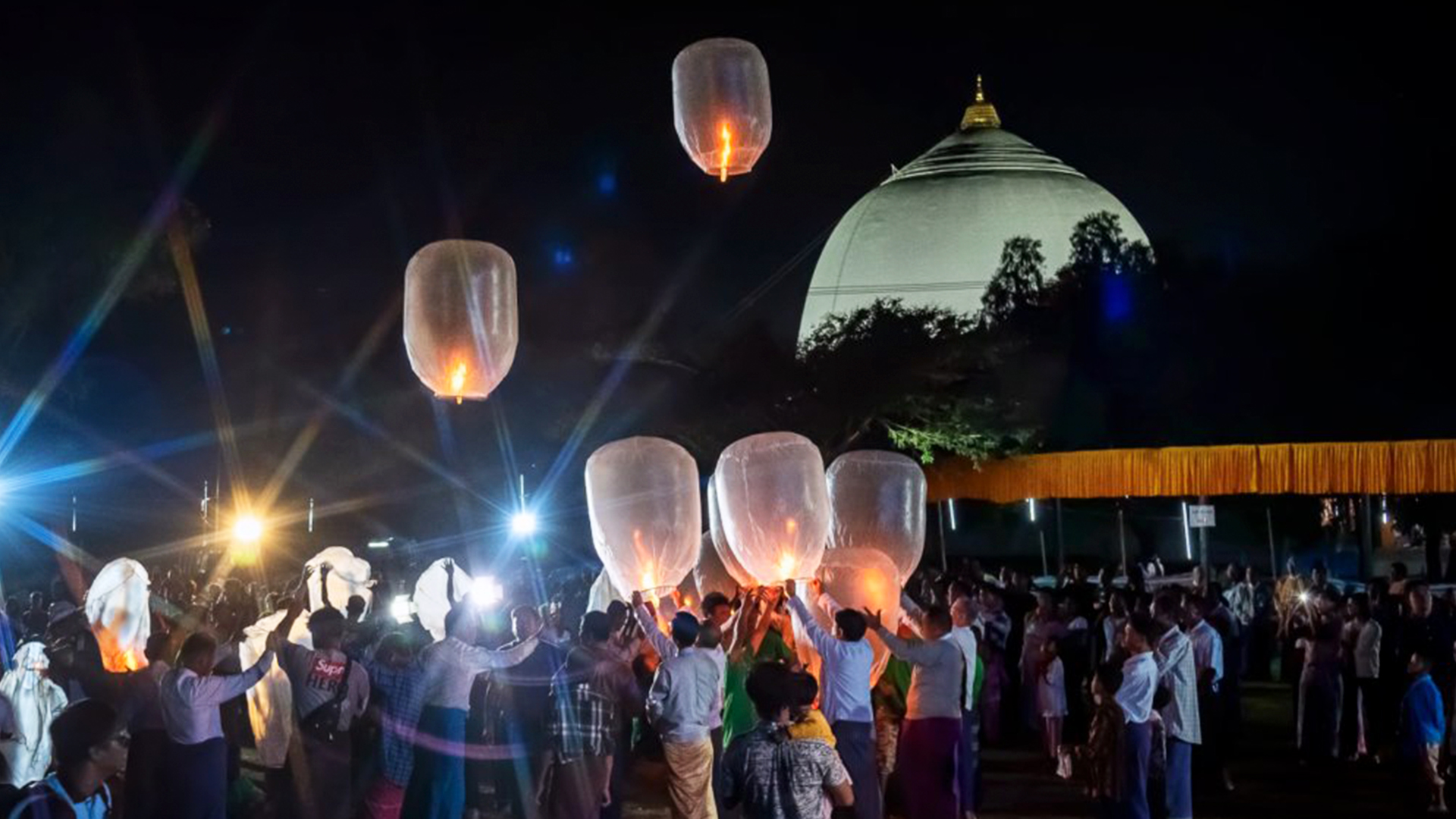
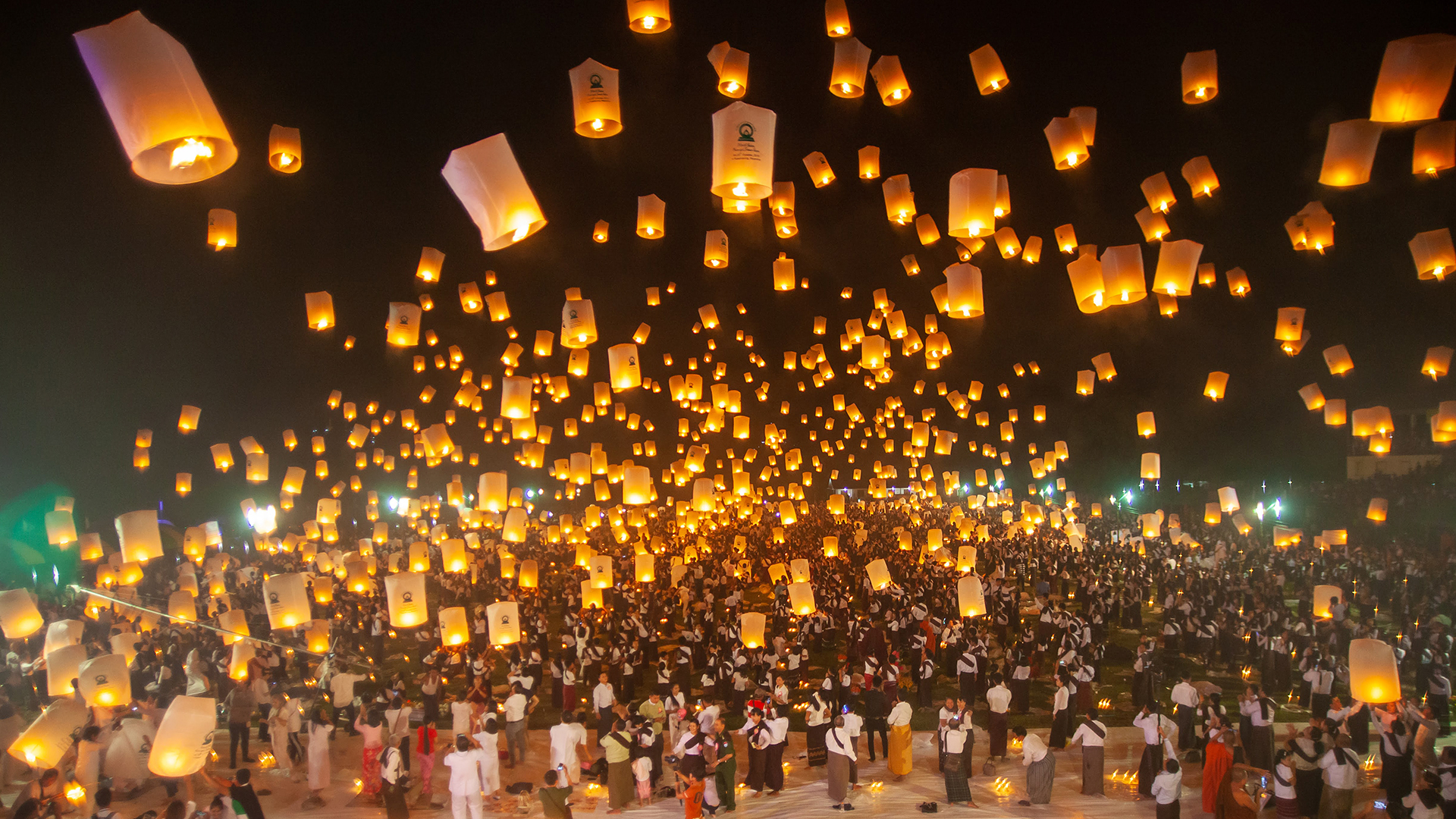
Where to Celebrate the Festival?
Thadingyut is celebrated throughout Myanmar, but some of the most vibrant and memorable celebrations can be found in:
Yangon
Mandalay
Known for its grand lighting displays and large gatherings at famous pagodas like Maha Muni.
Taunggyi
Hosts a lively version of the festival along with the famous hot air balloon festival around the same period.
Local towns and villages
Offer more traditional and community-centered celebrations, ideal for a quieter cultural experience.
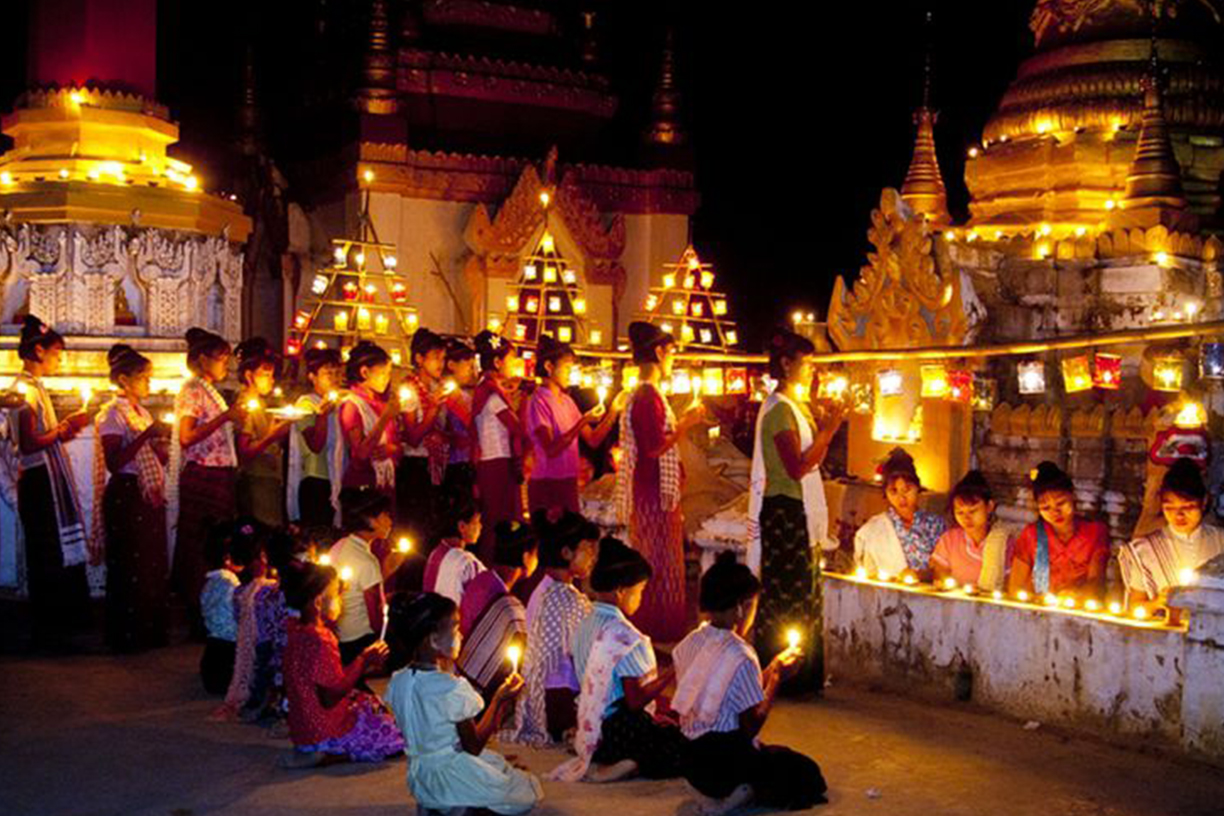
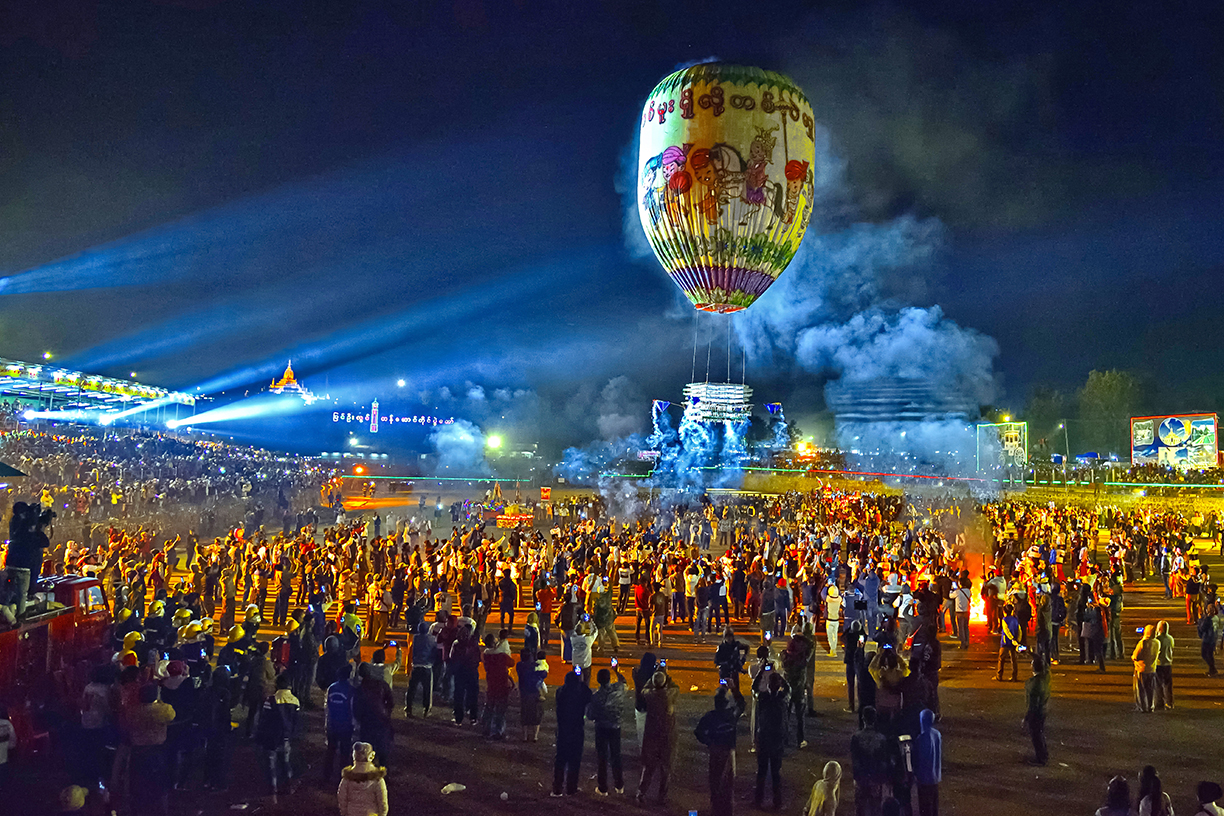
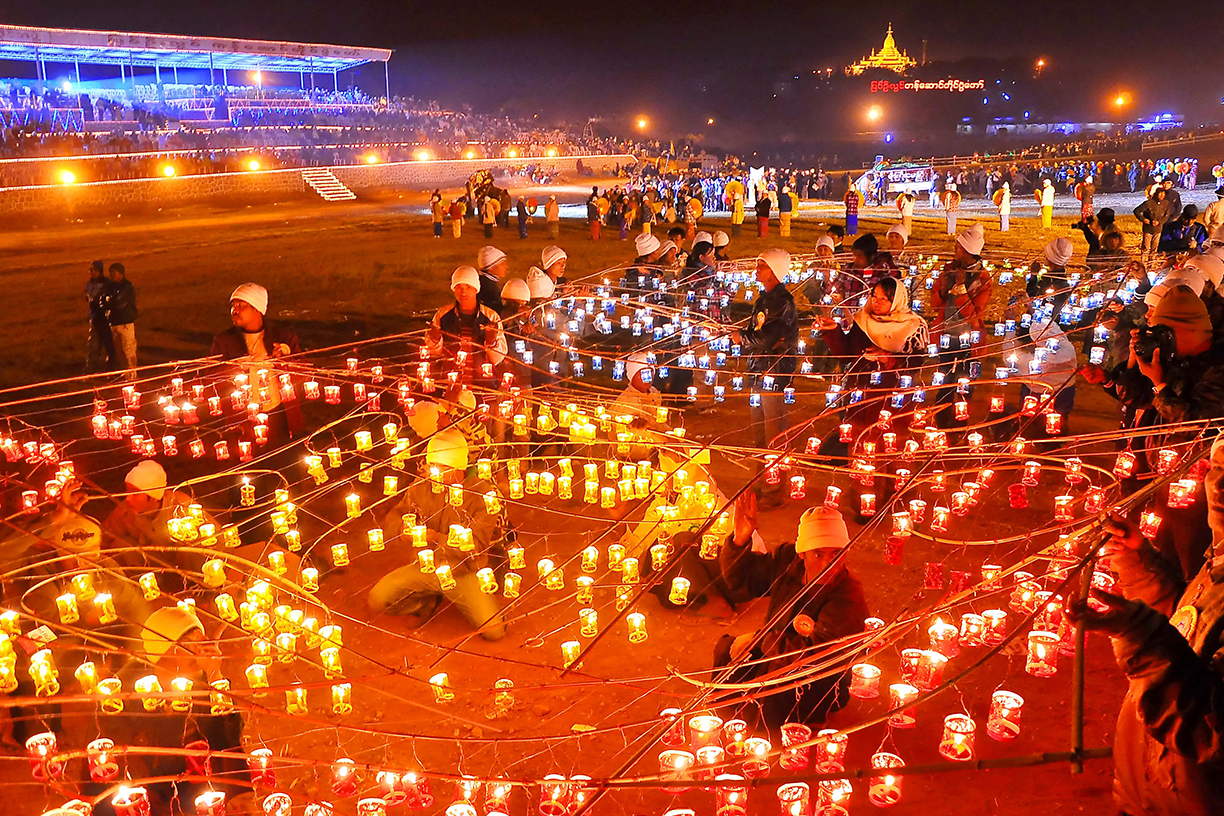
Activities
Lighting candles and lanterns at homes, streets, and pagodas to honor the Buddha’s return.
Visiting pagodas and offering flowers, candles, and food to monks.
Paying respect to elders and teachers (known as “gadaw”), often by kneeling and offering small gifts or sweets.
Community events and concerts, especially in urban areas, with traditional music, dance, and drama performances.
Street markets and food stalls that sell seasonal snacks and local delicacies.
In summary, the Thadingyut Festival blends deep religious significance with joyful celebration. It’s a time for families to reunite, communities to connect, and everyone to celebrate light, gratitude, and renewal.
